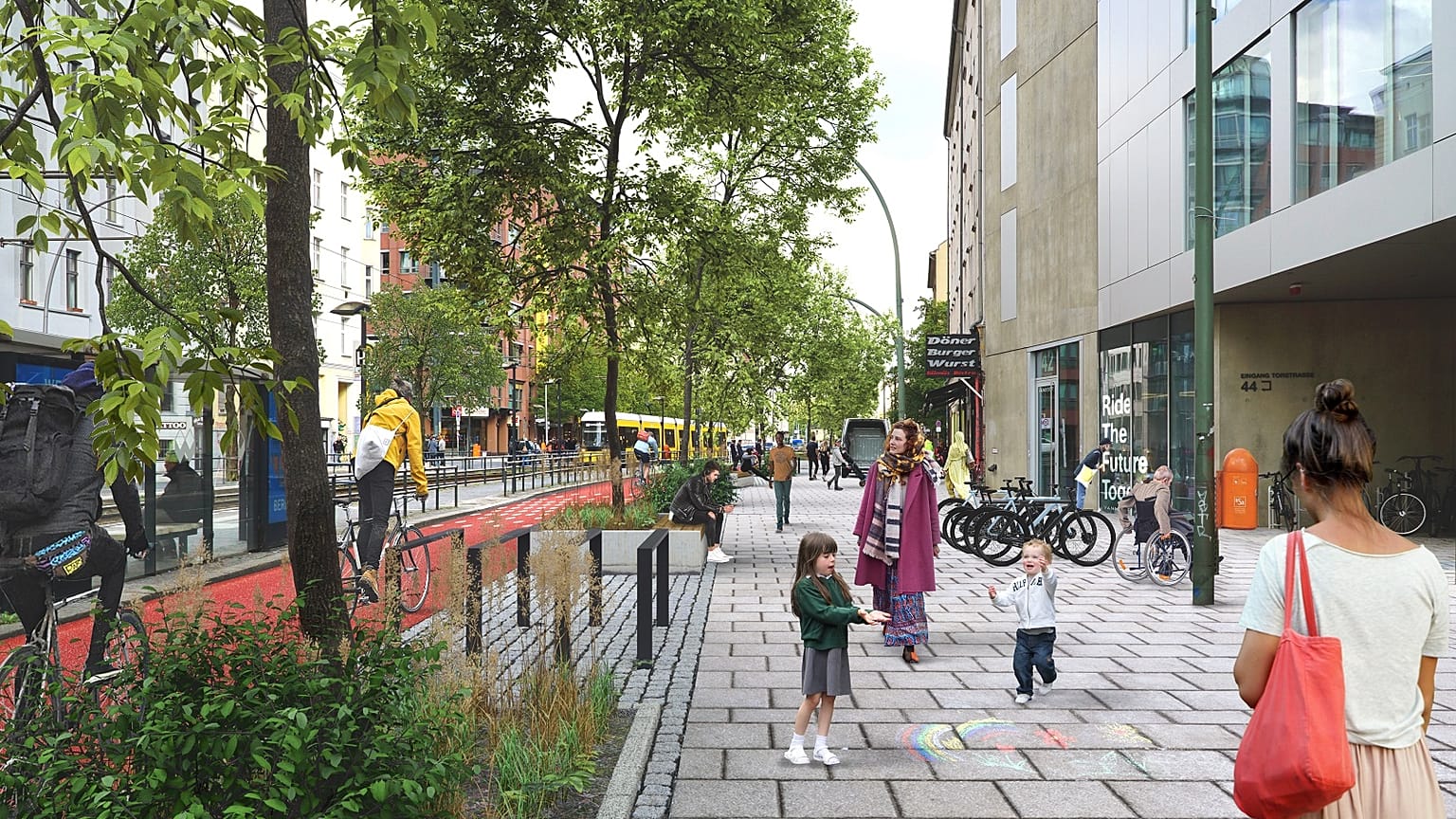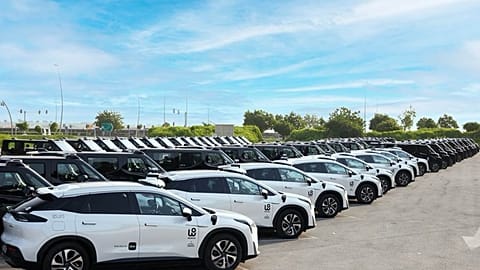European cities are increasingly becoming more pedestrianised and bike-friendly. Does this have an economic cost or is it a win-win situation?
From Oslo to Helsinki, the list of cities across Europe introducing car-free initiatives is lengthening.
In the wake of growing anxieties about the climate crisis, removing cars from city centres - or at least restricting their access - has been shown to transform urban areas into safe places for walking and cycling while significantly reducing air and noise pollution.
But despite the benefits, removing cars from cities is not without controversy. Car dependency is deeply ingrained in urban life and is central to how we build cities, use land, and interact.
The recent protests and opposition in the historic English city of Oxford encapsulate many of the issues facing urban planners across Europe.
Protestors have taken to the streets with campaigners accusing council leaders of declaring war on cars and harming local businesses by restricting customers' access.
In the UK, the introduction of "low-traffic neighbourhoods" has met with significant opposition and is an increasingly hot political issue.
Across Europe, a host of initiatives being implemented to reduce car reliance range from increasing the cost of car ownership by raising parking costs to congestion charges and general restrictions.
Car-free cities generally mean fewer cars rather than no cars so vary from restricting the use of vehicles in certain areas or designated streets to removing parking spaces.
Push to restrict car usage
Barcelona is planning to transform the city by 2030 using "superblocks," neighbourhoods of nine blocks that restrict traffic to major roads with only residents and delivery vehicles allowed to drive there. Speed limits are set at 10 km/h thereby freeing up the streets to pedestrians and cyclists.
Campaigners in Berlin have ambitious plans to ban cars from an area equal to 88 square km encircled by the S-Bahn train network that would create the largest car-free urban area in the world.
Restricting car usage in our cities has numerous benefits including reducing emissions, improving air quality, and road safety but many business stakeholders oppose any plans to inconvenience drivers fearing it will impact on sales and revenue.
Many overestimate the role of car use to their customers whereas the evidence suggests that in cities that have adopted a car-free policy any reduction in the number of shoppers arriving by car is offset by a significant increase in the number of people arriving on foot, by bike or public transport.
In addition, these shoppers tend to visit shops more frequently supporting the view that car-free urban planning has considerable potential to positively impact businesses.
Increased footfall for businesses
A 2016 study of over 100 cities showed that footfall increased on pedestrian-only streets resulting in retail sales also rising by around 49 per cent.
For high streets and urban centres faced with dwindling shopper numbers and stiff competition from online retailers, pedestrianisation can provide new opportunities to revitalise urban economies.
A 2019 study on the "Madrid Central" low-emission zone found that sales increased during the Christmas period compared to the previous year. Similarly in Oslo, where car traffic in the city centre has been scaled back considerably since 2016, no reduction in customers and or turnover was experienced.
Data from Copenhagen about the relationship between the turnover in shops and the transport mode used for shopping shows that cycling customers shop more often and spend more in total than motorists.
A 2018 study by Living Streets Scotland reviewed data from a host of cities and concluded that when pedestrians experience improvement footfall increases by anything from 20 to 35 per cent.
Removal of car parking spaces is an option that is regularly opposed by business stakeholders as it is wrongly assumed that more parking will generate more customers.
Rise in land values due to liveability
However, research shows that the availability of a parking space at a destination determines the mode of transport used, ie whether to take the car or leave it at home but not the decision to travel. So, when car parking spaces are reduced, this does not negatively impact trade.
Removing or restricting cars in a city increases liveability, which in turn leads to a rise in land values. Numerous studies show that reducing car use on streets leads to a rise in the value of commercial and residential properties.
The Economist’s Global Liveability Index ranks cities according to how liveable they are and car-free cities like Vienna and Copenhagen frequently figure high on the list (first and second in 2023, respectively).
By 2050, more than two-thirds of us will live in cities so how we deal with urban areas is crucial to meeting our climate change goals.
The move to restrict cars in our cities is part of an overall goal to shift the focus away from cars and car dependency and by doing so improve quality of life as cities become places for people.
The evidence is overwhelming car-free initiatives create more liveable spaces that bring real economic benefits.



















